Reading the Collections, Week 38: Precognition Statements, Receipts, and the Making of ‘St Andrews – In The Footsteps of Old Tom Morris’
This week we have a guest post by Roger McStravick, a golf history writer specialising in St Andrews, Old Tom Morris and legends from the 1800s to 1920. He made use of material held in Special Collections while researching his new book ‘St Andrews: In the Footsteps of Old Tom Morris’.
I think it’s fair to say that the majority of the truly historic finds in my research for the book happened in the Special Collections Division’s reading room. I am truly grateful to all the team.
To start at the very beginning, I planned to do a book that set out, street by street, all the historic golf locations in St Andrews – who lived where when. This was to be backed with rare images and paintings. The more I looked though, the more I realised that almost every street in St Andrews had at some point been the home of a Champion Golfer. Those brought up in the east end of North Street for example, near the cathedral, had won five Opens and their sons seven more. St Andrews is a truly remarkable place.
I happened upon a box in the archives called ‘Precognition Statements’. These were legal statements taken around 1879 that detailed the person giving the statement, where they lived, their recollections of how the golf course developed and what they thought about the new proposed road outside the Tom Morris shop by the 18th green. I nearly wept when I realised what was in the box: all the great and the good of the era taking about their lives and the Links. Priceless material!
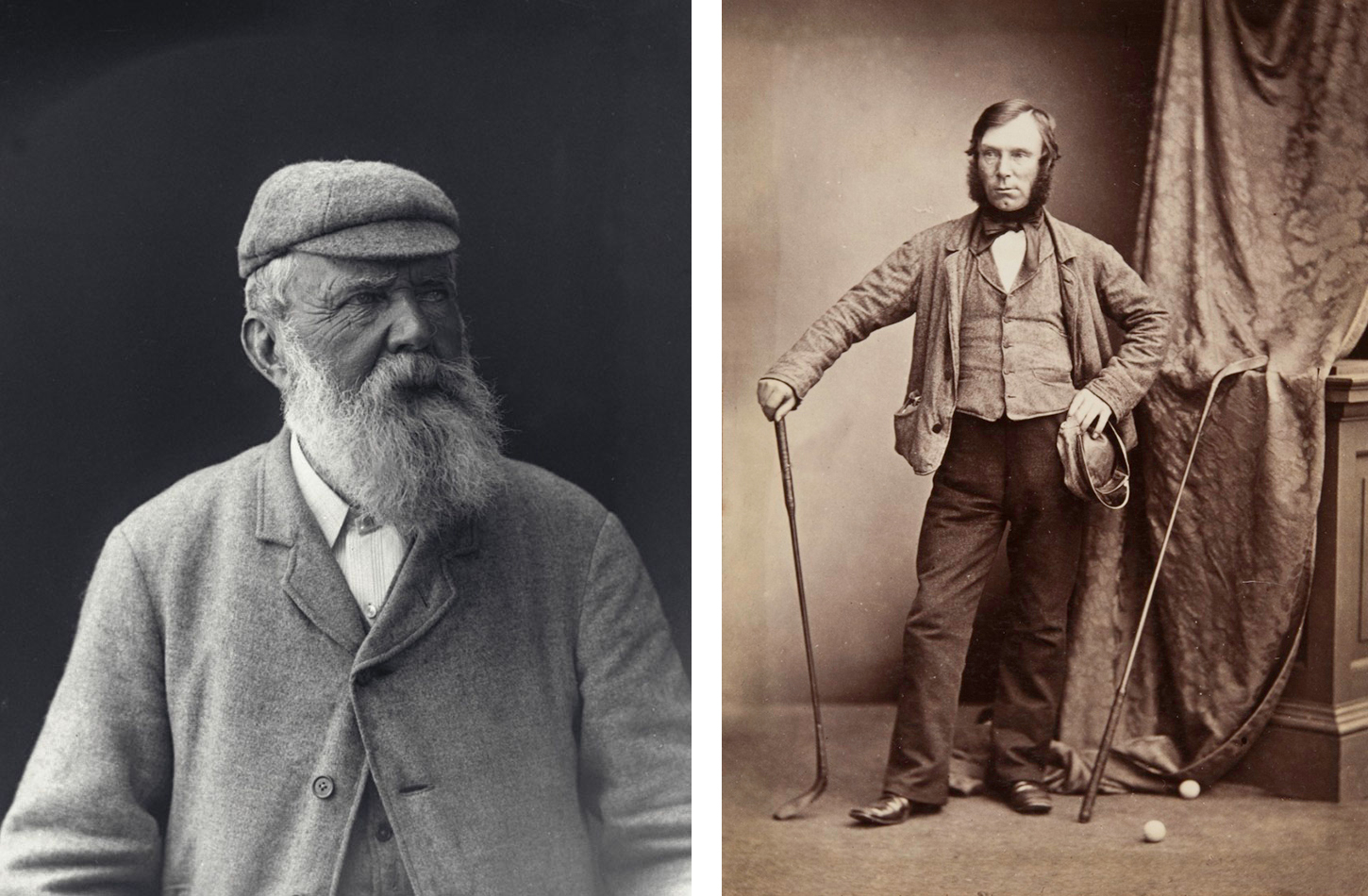
This box was not just the foundation of my book, it also solved a 100 year-old mystery about Old Tom Morris. He had worked with Allan Robertson since he was a young teenager (circa 1835) and they were the best golfers in the world, deemed by many to be unbeatable as a team. In 1848 they fell out over Tom’s use of the new golf ball known as the guttie ball, which was made of rubber and cheaper to make than traditional featheries.
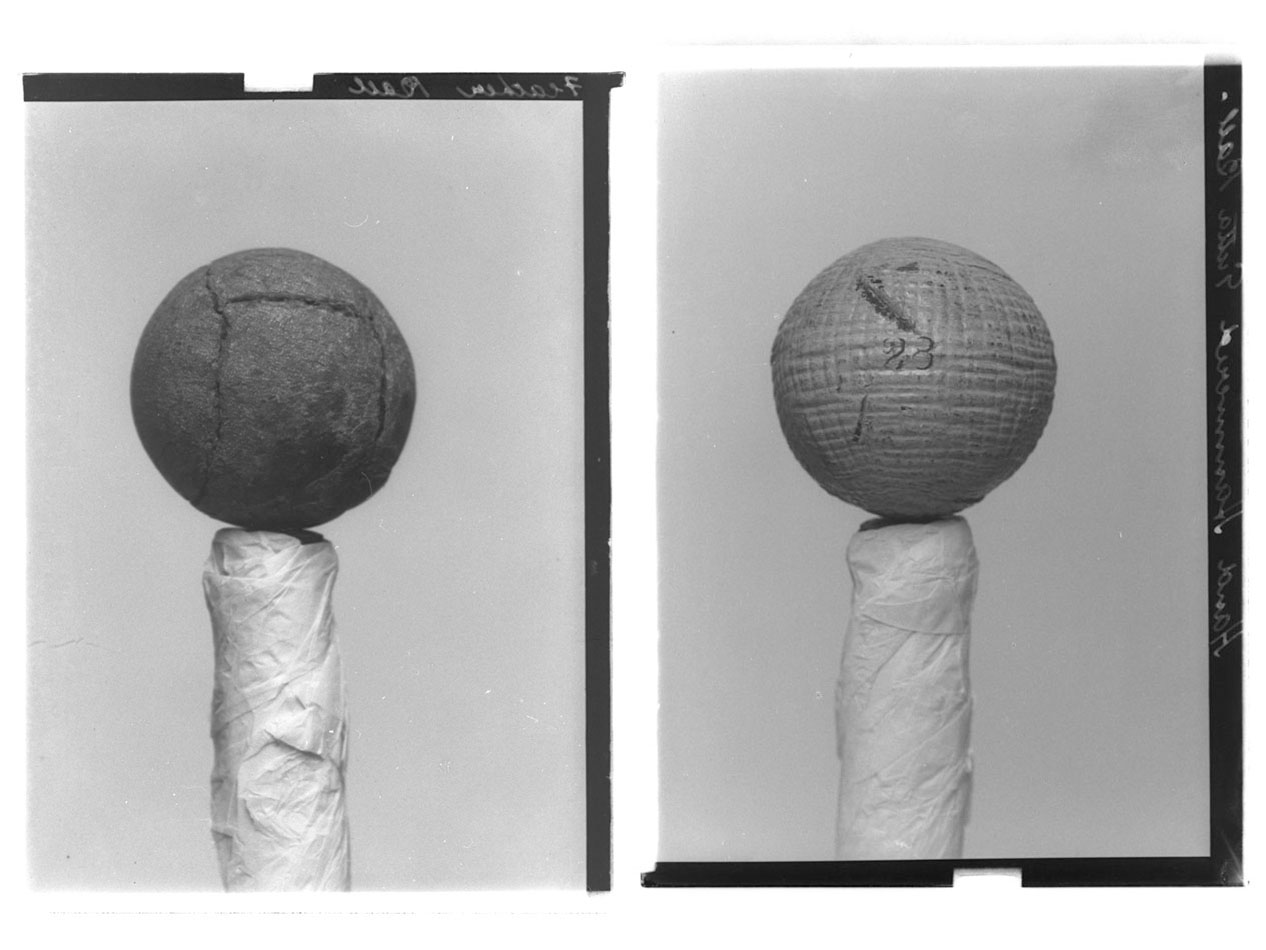
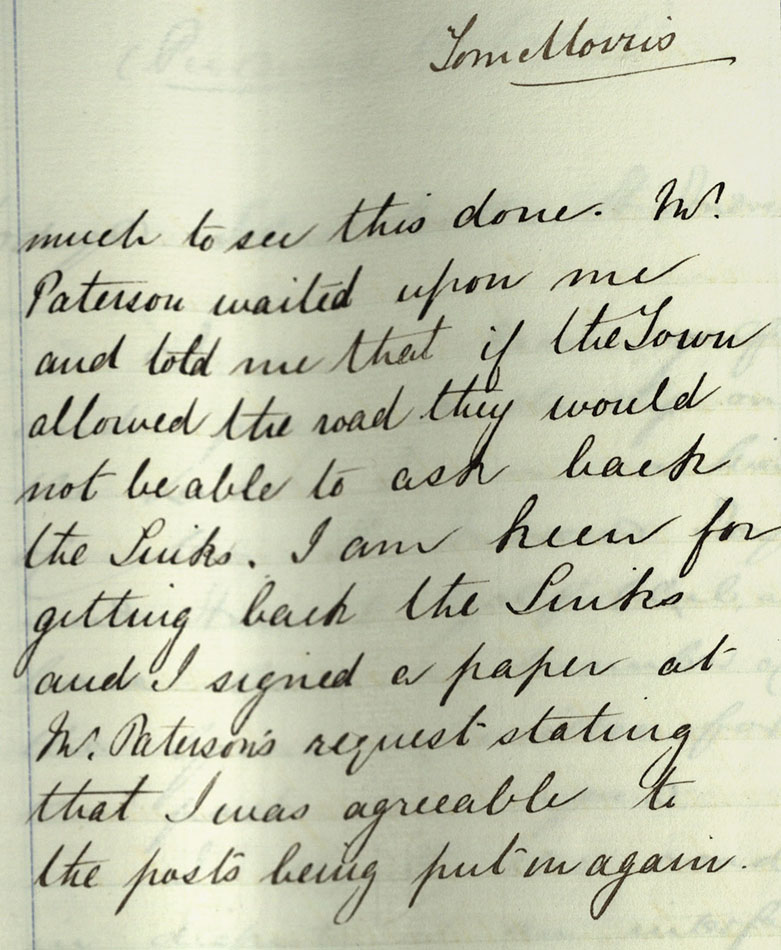
We knew that Tom had left for Prestwick in 1851 but what happened in-between? Well, in the Precognition Statements many people talked about Tom owning a shop in a little white cottage on the Links. I then remembered how I had seen a photo in the St Andrews Preservation Trust archives that had that very building on there. With the supporting evidence, including a statement by Tom himself, I was able to shed light on Tom’s lost three years. In my world of golf historians, this was big news! We even made the news on STV!
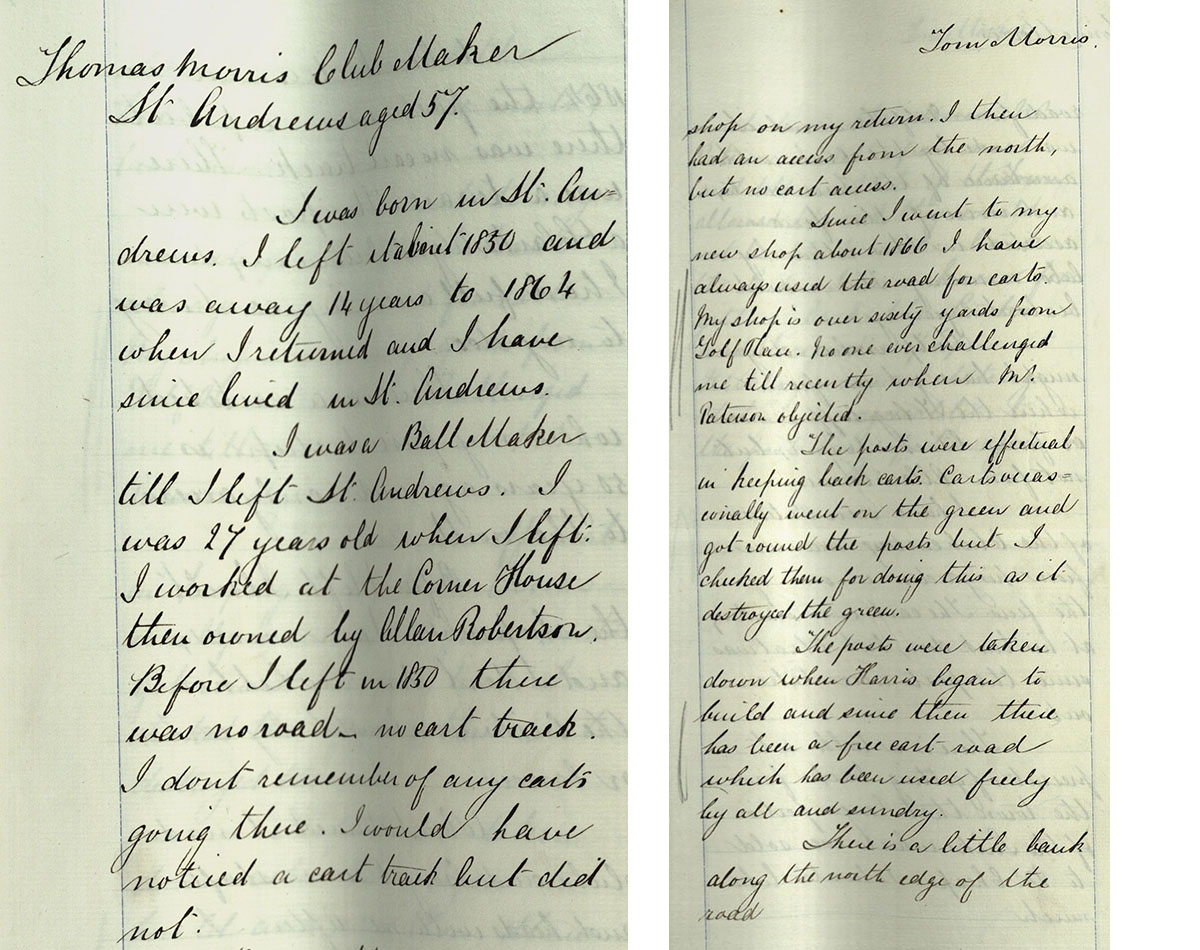
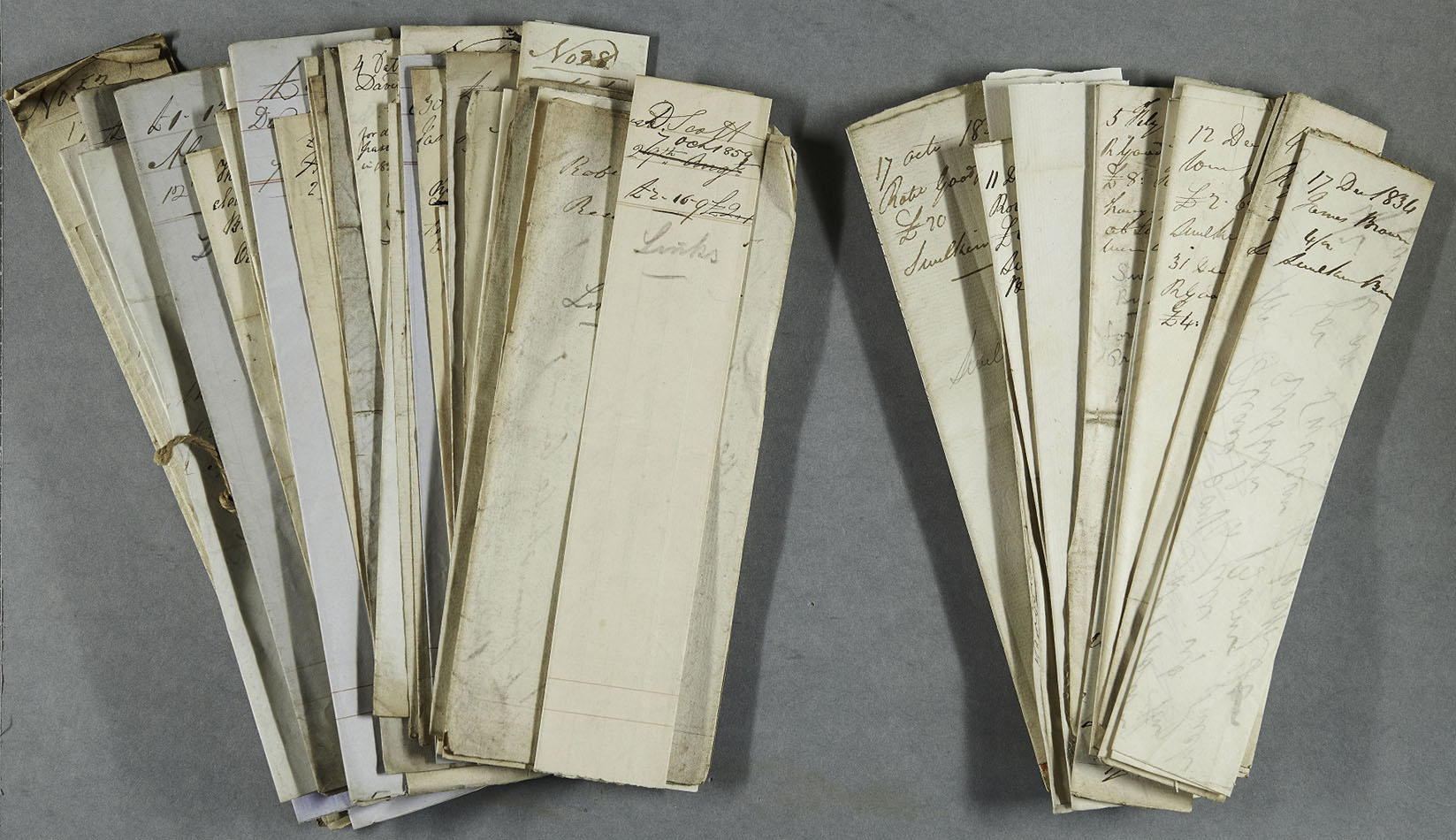
I think the second eureka moment came when Catriona from Special Collections came to me with an archive box called ‘St Andrews Links’. Now, as you can imagine, silence is essential in the reading room, so when I looked inside I genuinely had to put my jumper over my head to muffle my screams.In this box, the history of how the land for the 1st hole was created was detailed. There were receipts and notes to pay a carter to take the town’s rubbish and dump it on the beach in the 1830s, 40s and 50s. This was then covered with soil to create the flat 1st hole. The box also contained receipts for banking the Swilcan Burn – all decades earlier than previously thought. It really was an amazing box of manuscripts.
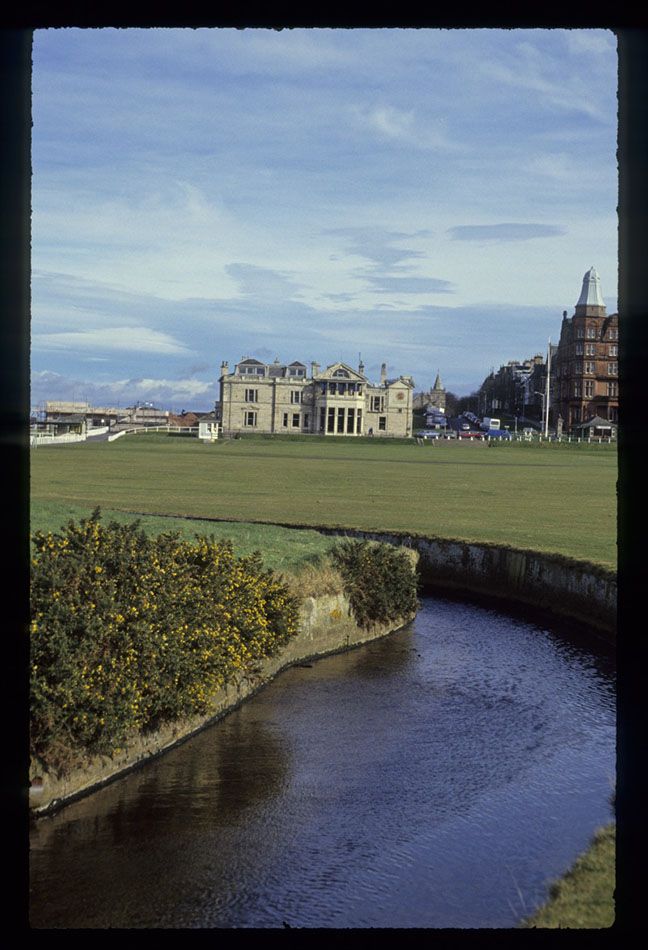
There are plenty more stories that I could share about the archives and how they revealed a mountain of new material about the St Andrews golf course and town. I think I have only scratched the surface and am quietly thinking about the next book. There will be a history of golf before that, but I would like to say how truly grateful I am to the team and the University. It is a real privilege to live in St Andrews and to have such magnificent archives so close to hand. I would encourage anyone who is considering golf history research (it could happen!), or even just historical research that the archives at St Andrews University Library as well as those at The R&A, are amongst the best in the world.
For more information about the book, please see www.thegolfbookshop.com.
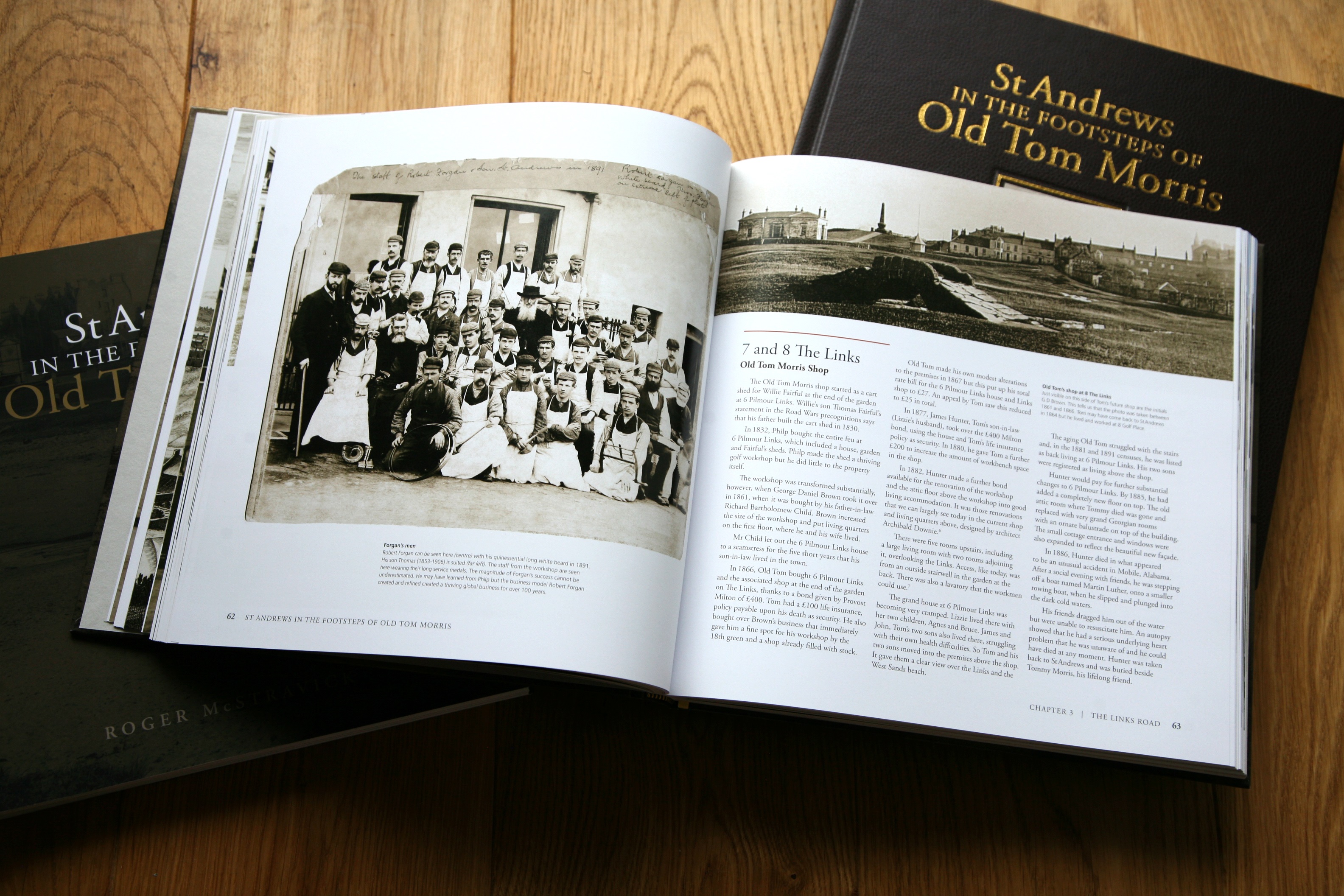
Roger McStravick